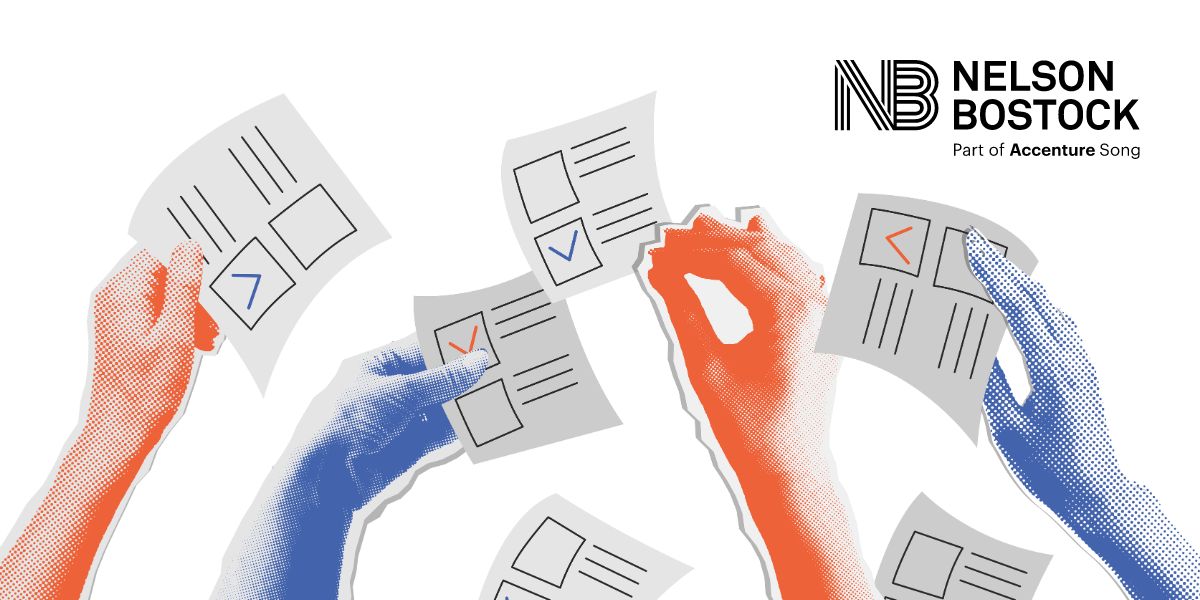It’s official, high-drama-election-fever has begun…
For the next two weeks, the general election is going to carry on being the biggest thing in the news. It’s’ already drowned out other big business stories. Did you hear about the AI Summit in South Korea? Huge Ticketmaster hack? No? Anyone?
The truth is that most mainstream news, unless passed through the election filter, won’t make the front pages. So, it’s easy to think there are fewer opportunities to contribute to relevant news stories when the buzz in newsrooms is all about party politics.
But we disagree. With a distinctive voice, your business can use this political moment to its advantage in the media – and raise your profile with comments that land.
When should a PR campaign and election campaign crossover?
Business leaders may worry that they don’t have a political licence to comment. But politics and business are close friends, so businesses can and should use this moment to elevate their brand.
Given there will be a change in government, whatever form that takes, new legislation will come in. And multiple bills could be scrapped or introduced that affect B2B. These are active talking points and hotly debated topics. The country is listening in a way it seldom does – and so are journalists.
Now is the time to start thinking about getting involved. And here’s how…
Step 1: Know your perspective
Chances are your business already has an opinion or perspective on the key issues that affect your industry, and journalists are always on the lookout for bold opinions. It’s not about taking a political stance and picking sides. It’s about setting a business expectation for the next government.
Of course, everyone is going to have an opinion of some kind. So, how do make your business stand out? It’s vital to be distinctive and find a unique angle. Drive the conversation around what matters, how your organisation has a different perspective and where you want to see an impact.
The key is to be less of a debate-starter and more of a valuable contributor. Many businesses will be ‘war gaming’ all potential outcomes that affect them anyway. And it’s a small step from scenario planning for differently electoral outcomes to sharing your views through earned media channels.
Step 2: Know your media
The editorial environment fundamentally changes to accommodate election campaigns. Regular slots shift so press resources are free to cover political announcements, leaders’ gaffs, and public reaction. Sometimes, this comes at the cost of sacrificing regular business beats; for example, Ian King’s Business Live has taken a break for the next few weeks, so producers can focus on the election.
Political announcements that concern businesses are still being made all the time. This widens the pool of potential journalists to tap into. It’s not just tech and business reporters that are interested in this type of news, but political / Whitehall reporters too.
Business policy has always played a pivotal role in the polls, and journalists from a variety of beats are eager for industry feedback. In short, during an election, tech policy has never been more in the spotlight. This means sticking your standard media list could be short-sighted.
Step 3: Know your moment
It’s important to remember that it’s not just the public who will be inundated with general election news. Journalists will have to be really selective about the comments they accept. That’s why timing goes a long way. You, too, need to be selective about the PR pieces your business uses to cut through the noise.
Right now, manifestos are being scrutinised – a clear opportunity to add industry insight and context to the narrative. Keynote speeches and the now-standard head-to-head debates all are instances where journalists are looking for an array of perspectives. That doesn’t mean putting out a wishy-washy opinion every week. But it does mean having an ownable comment, ready to deploy at the perfect moment, and making sure your spokespeople are up to speed.
The general election has already claimed its monopoly on headlines. For B2B folk, this is the exact reason reactive PR is so crucial. Rising above the crowd with a distinctive voice will set your brand apart. Not only does it help raise awareness of your business, but it could also prove clients’ trust in your brand is well placed. It shows you’re on topic with your nose to the ground (as all good PR should be).
Reactive newsjacking is one of our strong suits. We’re also good at helping you keep things clean, concise and on-message with relevant distinctiveness. Just check out our work with cybersecurity giant Sophos.
Want help with developing some PR messaging that packs a punch during the pre-election run up? Get in touch here.







